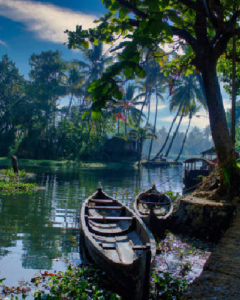The name “Mahabaleshwar” is derived from “Mamleshwar,” which translates to the “God of Mavalas,” a title for Lord Shiva. British officer Colonel Lodwick was among the first to appreciate the serene beauty of the region. In 1215, King Singhan of Deogiri visited the site, constructing a small temple and a water tank. Later, around 1350, the Brahmin Dynasty made significant improvements to the area. The Maratha rulers of the Chandrarao More dynasty further revitalized the temple, introducing the distinctive Hemadpanthi architecture, which replaced earlier styles.
- Home
- About us
- Destination
-
-
- Goa
Telangana

Andra Pradesh

- Tour Packages
- Car Rental
- Contact





